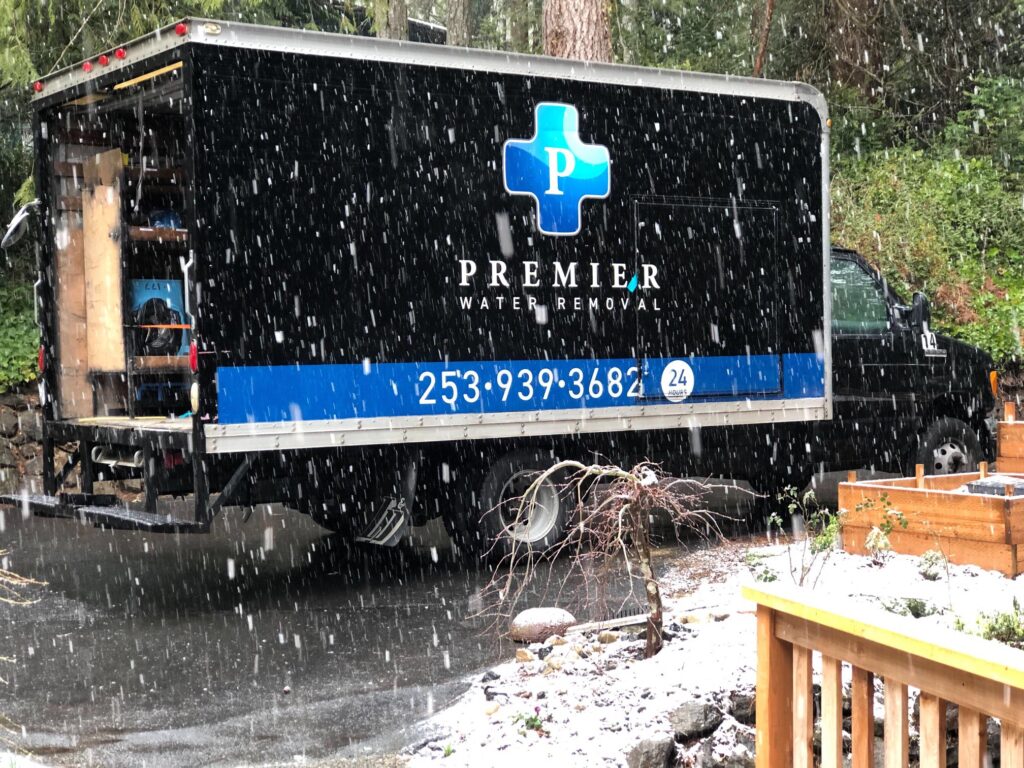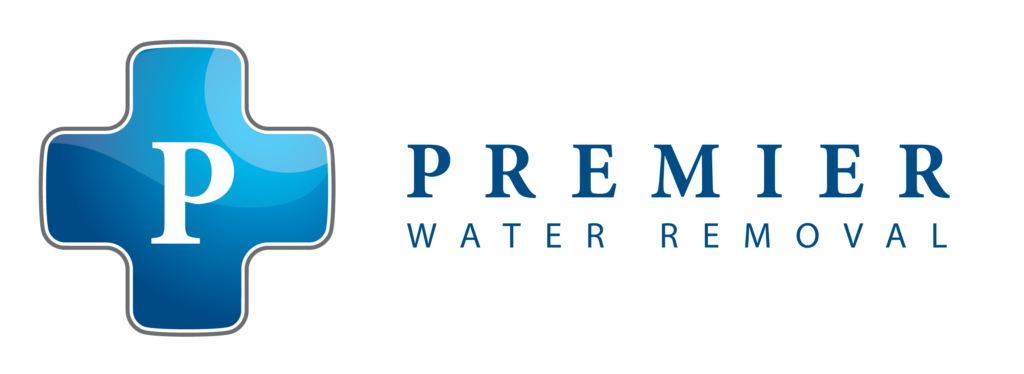- 24/7 EMERGENCY WATER DAMAGE SERVICE

If you’re dealing with mold in your home, it’s important to take quick action to remove it. Not only is mold unsightly, but it can also be harmful to your health and the structure of your home. At Premier Emergency Water Removal in Seattle, WA, we offer professional mold remediation services to help you get rid of mold and prevent it from coming back.
Our expert team is trained and experienced in dealing with all types of mold, and we use advanced equipment and techniques to effectively remove it from your home or business. We will work closely with you to assess the situation and determine the best course of action to take.
In addition to removing the mold, we will also take steps to prevent it from returning. This may involve identifying and addressing the source of moisture that allowed the mold to grow in the first place, as well as providing recommendations for maintaining a mold-free environment.
We are available 24/7 to provide the assistance you need and get your home back to a healthy and safe condition.
If you’re dealing with mold in your home or business, don’t hesitate to contact Premier Water Removal.
If you have mold in your home right now, here’s what you should do: identify the source of the mold and take action to fix the issue immediately.
Mold can be harmful to your health and the health of your home, so it’s important to remove it as soon as possible. However, we don’t recommend removing mold without the help of a professional. Keep reading to learn more…
One of the first things you should do is identify the source of moisture that allowed the mold to grow in the first place. This could be a leaky roof, a plumbing issue, or high humidity levels in your home. Once you have identified the source, take steps to fix it to prevent the mold from returning.
Ventilate the affected area to help reduce the moisture levels and prevent the mold from spreading. Open windows and doors, and use fans to help circulate the air and remove excess moisture. It’s important to act quickly to remove the mold from your home, as it can continue to grow and spread if not dealt with promptly.

If you’re in the Seattle, WA area and need help removing mold from your home, contact Premier Emergency Water Removal. We are a professional mold remediation company with 20+ years of experience in helping homeowners like you.
We will quickly assess the situation and take the necessary steps to remove the mold from your home and prevent it from returning.
Why Choose

Our expert team is trained and experienced in dealing with all types of mold, and we use advanced equipment and techniques to effectively remove it from your home or business. We will work closely with you to assess the situation and determine the best course of action to take.
Fill Out The Form Below
🔒 We will not sell your information or spam you. Privacy policy
About us
Since 1998, Premier Emergency Water Removal has been helping property owners In The Greater Seattle Area recover from flood damage and water emergencies.
Contact Us
Copyright © 2025 Premier Emergency Water Removal. All Rights Reserved.